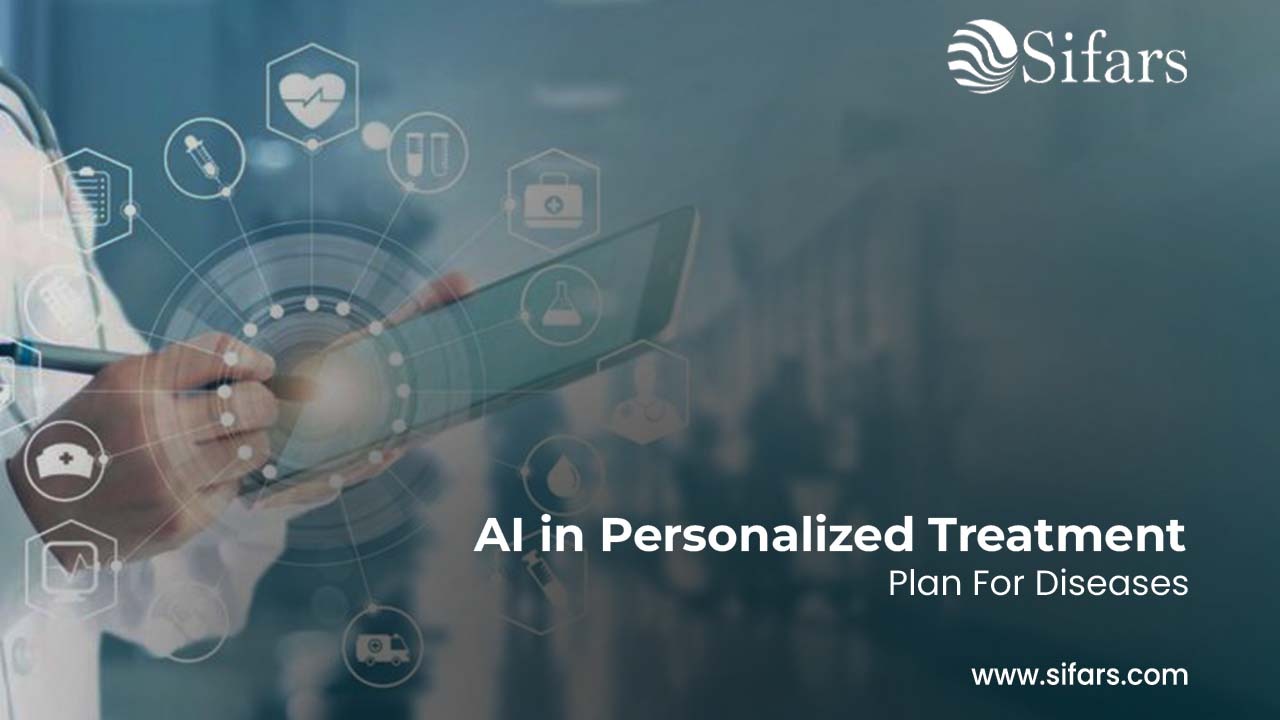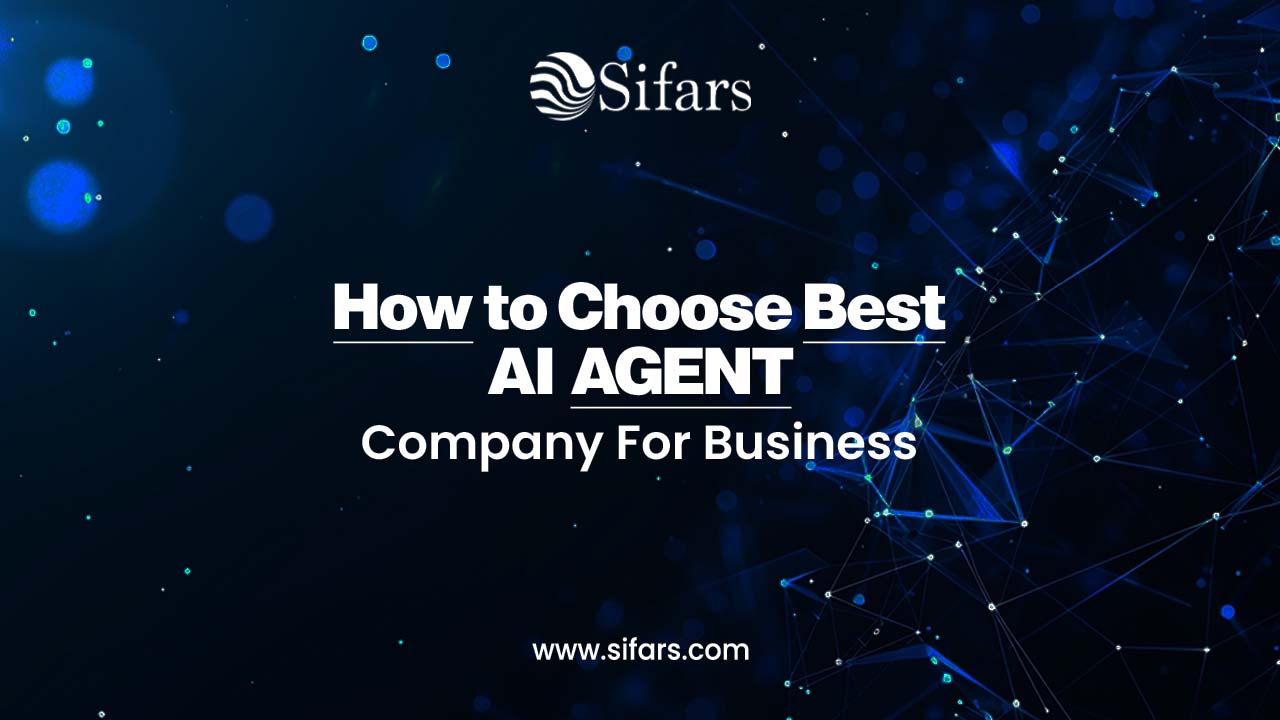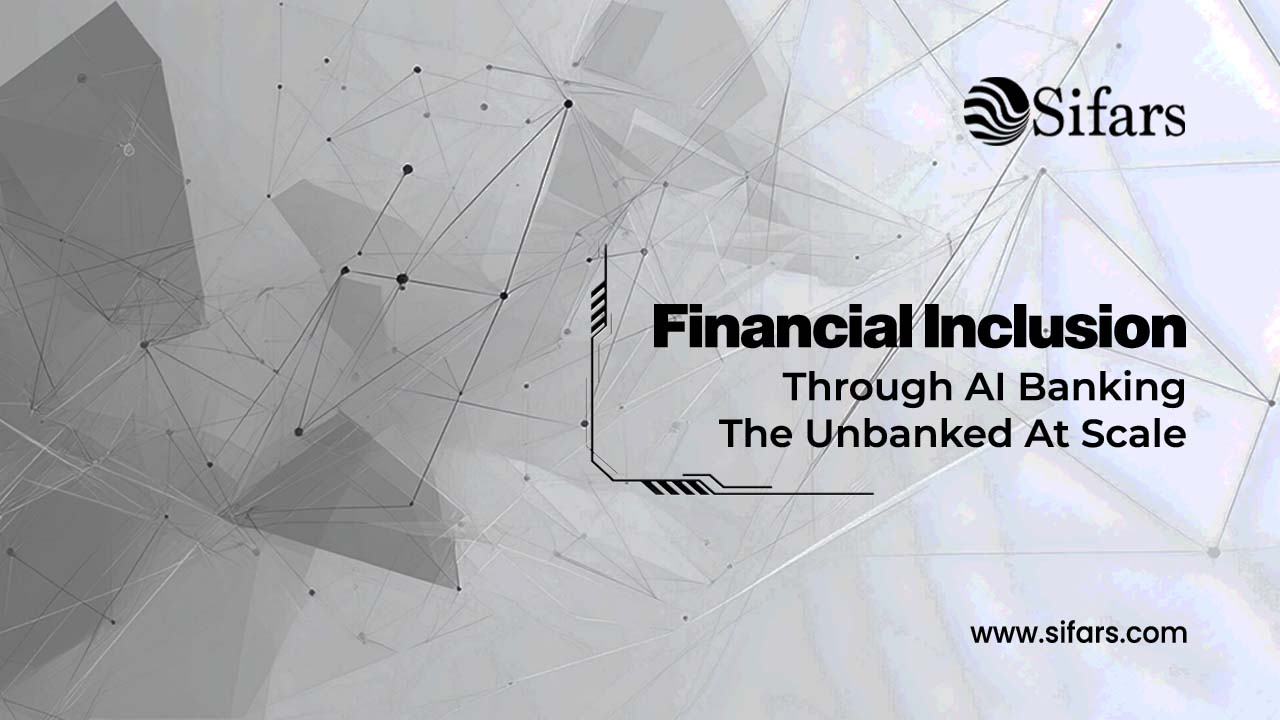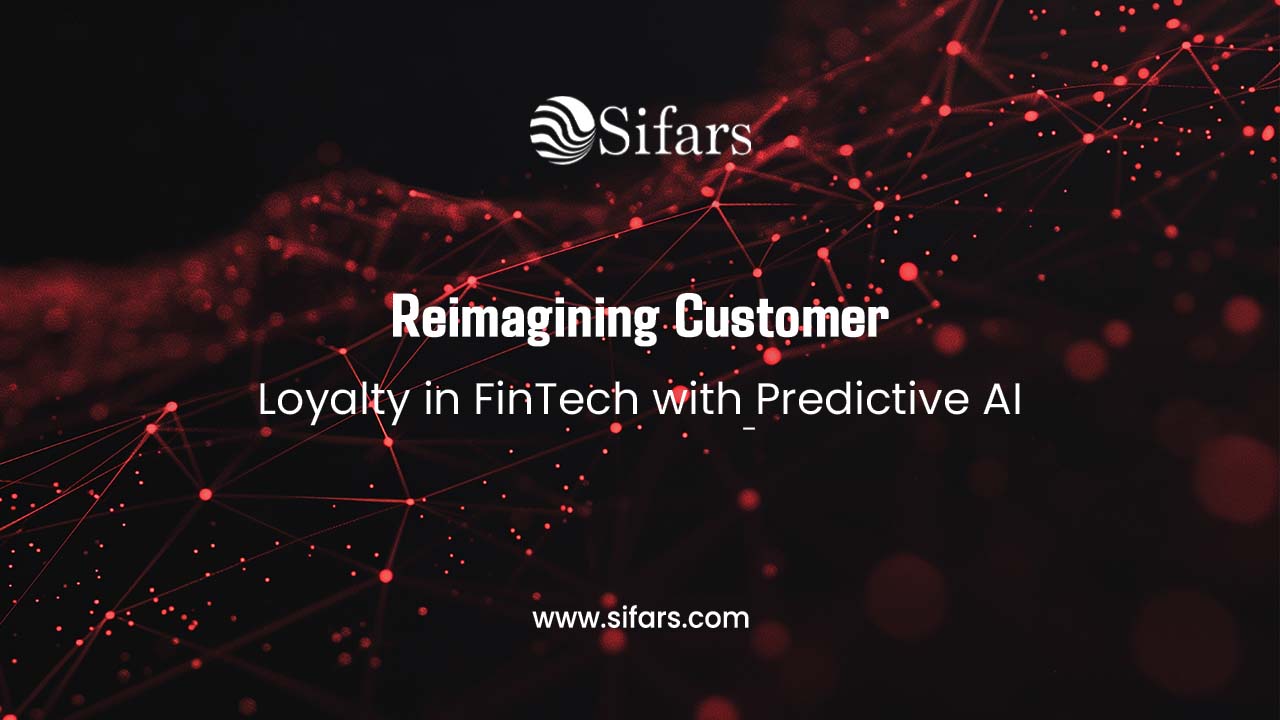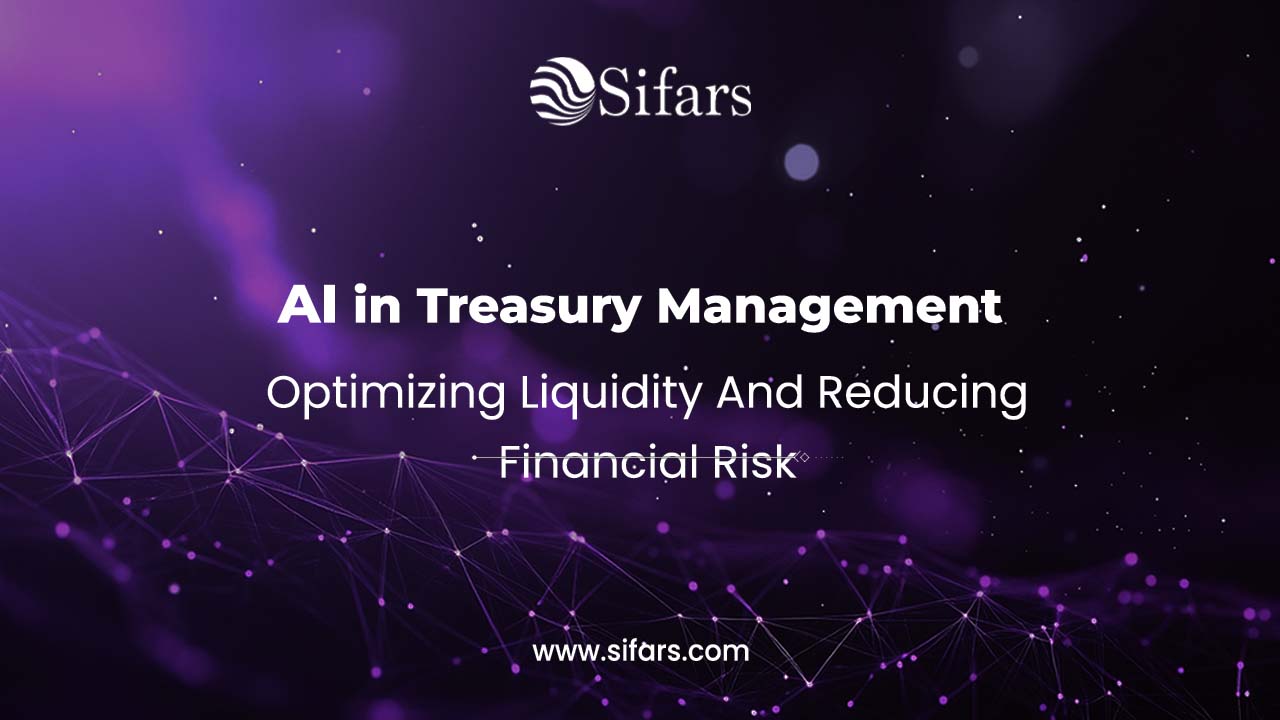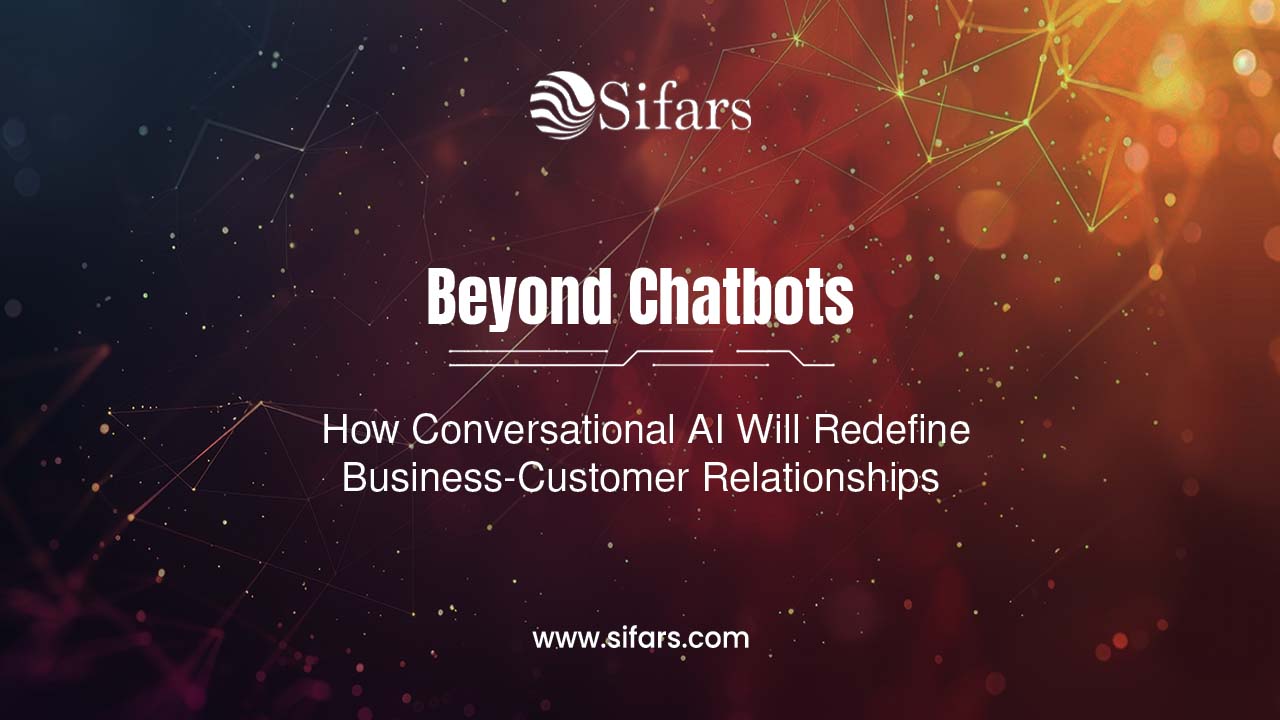Why FinTech Needs a Quantum Leap
The financial sector has always been a pioneer in adopting technology—whether it was mainframe computers in the 1960s, automated trading systems in the 1980s, or AI-driven fraud detection in the 2010s. Today, a new frontier is emerging: Quantum AI in FinTech. This fusion of quantum computing and artificial intelligence (AI solutions) promises to solve financial problems that are too complex for even the fastest supercomputers.
For financial institutions, retail investors, and enterprises, this isn’t just a buzzword—it’s a transformation that could redefine risk analysis, portfolio optimization, fraud detection, algorithmic trading, and regulatory compliance.
In this blog, we’ll explore how Quantum AI is shaping the future of financial computing, why it matters, and how companies like Sifars, with expertise in artificial intelligence services and AI consulting, can help organizations prepare for this technological revolution.
The Evolution of AI in Finance
Before we dive into quantum advancements, it’s important to understand where AI for businesses in finance currently stands.
1.1 Early Applications of AI in FinTech
- Algorithmic Trading: AI systems already process billions of trades daily using predictive analytics.
- Fraud Detection: Banks employ business automation with AI to monitor transactions in real time and flag suspicious activity.
- Credit Scoring: Machine learning models now evaluate customer risk profiles more effectively than traditional scoring systems.
- Chatbots & Customer Service: AI-driven assistants handle account inquiries, improving efficiency and reducing costs.
1.2 Limitations of Classical AI in Finance
Despite its strengths, classical AI has computational limits:
- Massive data sets strain resources.
- Complex optimization (like portfolio balancing across thousands of assets) remains unsolved at scale.
- Security concerns persist, especially with rising cybercrime.
This is where Quantum AI comes into play.
What Is Quantum AI?
2.1 Quantum Computing Basics
Quantum computing leverages qubits instead of classical bits, enabling systems to perform multiple calculations simultaneously. Quantum phenomena like superposition and entanglement allow quantum machines to handle problems with exponential complexity.
2.2 Quantum AI Defined
Quantum AI integrates quantum computing’s processing power with AI algorithms, making it possible to analyze enormous data sets, uncover hidden patterns, and run simulations at unprecedented speeds.
2.3 Why Quantum AI Matters in FinTech
Finance involves uncertainty, probability, and optimization—all areas where Quantum AI excels. It allows organizations to:
- Reduce processing time from weeks to minutes.
- Unlock more accurate financial models.
- Enhance risk management and compliance.
Real-World Applications of Quantum AI in FinTech
3.1 Portfolio Optimization
Managing diverse portfolios with thousands of assets is computationally intensive. Quantum AI can evaluate countless asset combinations in real time, delivering optimal investment strategies with AI consulting expertise guiding implementation.
3.2 Risk Management & Credit Scoring
Traditional systems struggle with unstructured data. Quantum AI integrates financial history, market sentiment, and global trends to deliver highly accurate risk assessments—transforming lending and insurance.
3.3 Fraud Detection & Security
Cybercrime costs businesses $8 trillion annually (2023, Cybersecurity Ventures). Quantum AI detects anomalies across billions of transactions instantly, strengthening security without slowing operations.
3.4 Algorithmic Trading
Quantum-enhanced algorithms process market signals faster than competitors, giving investors an edge. With AI solutions embedded, traders can adjust dynamically to real-time market volatility.
3.5 Regulatory Compliance
Financial institutions face ever-changing compliance landscapes. Business automation with AI and quantum processing help analyze regulatory documents, flag risks, and ensure accurate reporting.
Benefits of Quantum AI in Financial Computing
- Speed & Efficiency: Solve calculations in seconds that take classical AI hours.
- Greater Transparency: More explainable AI models help build trust with regulators.
- Enhanced Profitability: Faster, smarter decisions drive better returns.
- Cost Reduction: Automated processes cut manual effort and reduce errors.
- Competitive Advantage: Early adopters gain unmatched market insights.
Case Studies & Industry Momentum
5.1 JPMorgan Chase & Quantum Computing
JPMorgan is actively exploring quantum algorithms for risk analysis and option pricing.
5.2 Goldman Sachs and Portfolio Optimization
Goldman Sachs partnered with quantum computing firms to explore derivatives pricing and portfolio efficiency.
5.3 Startups in FinTech
Emerging FinTech startups are leveraging artificial intelligence services and quantum-ready AI to offer micro-investment apps, robo-advisors, and next-gen fraud protection.
These real-world cases show that adoption is no longer hypothetical—it’s happening now.
Challenges in Adopting Quantum AI
While promising, businesses must prepare for hurdles:
- Cost of Infrastructure: Quantum computers are expensive and not widely available.
- Talent Gap: Few experts specialize in both quantum computing and AI.
- Integration Issues: Businesses need tailored AI consulting to merge quantum solutions with existing IT systems.
- Regulatory Uncertainty: Laws are still evolving around quantum and AI-powered financial tools.
How Businesses Can Prepare Today
7.1 Invest in AI Readiness
Even before quantum becomes mainstream, businesses can start by adopting AI solutions for fraud detection, customer support, and automation.
7.2 Partner with AI Consulting Experts
Companies like Sifars help businesses evaluate current systems, identify opportunities for business automation with AI, and prepare for a quantum-ready future.
7.3 Pilot Programs
Start small with AI-driven investment models, then gradually scale into Quantum AI applications.
7.4 Workforce Training
Upskill employees to work with artificial intelligence services, ensuring long-term adaptability.
The Future Outlook of Quantum AI in FinTech
Industry analysts predict:
- By 2030, the global quantum computing market will reach $65 billion (Fortune Business Insights).
- By 2035, most major financial institutions will rely on Quantum AI-enhanced decision-making systems.
- Governments and regulators will increasingly mandate AI transparency and accountability.
This positions Quantum AI not as a futuristic fantasy, but as the next logical step in financial computing.
Why Partner with Sifars?
At Sifars, we specialize in crafting tailored AI solutions that address complex business challenges. From artificial intelligence services like fraud detection models and algorithmic trading platforms, to AI consulting for future-proofing financial operations, our team helps businesses harness emerging technologies effectively.
We don’t just provide tools—we provide strategies, execution, and long-term partnership.
The Quantum Advantage with AI in FinTech
Quantum AI is not about replacing traditional AI; it’s about supercharging it. Financial institutions that embrace this shift early will lead the industry in security, transparency, and profitability.
As a decision-maker, the question isn’t whether to adopt Quantum AI, but how soon you can begin preparing.
Partner with Sifars today to explore how AI consulting, business automation with AI, and advanced artificial intelligence services can transform your financial systems and position you for the future.
FAQs
Q1: What is Quantum AI in FinTech?
Quantum AI combines quantum computing’s processing capabilities with artificial intelligence to solve complex financial problems such as fraud detection, portfolio optimization, and regulatory compliance.
Q2: How can businesses benefit from Quantum AI?
Businesses gain faster insights, enhanced security, cost efficiency, and competitive advantages through optimized decision-making and real-time analysis.
Q3: Is Quantum AI available for small businesses or only large financial institutions?
While large banks are early adopters, small businesses can begin with AI solutions like fraud detection, chatbots, and process automation to prepare for quantum readiness.
Q4: What industries beyond finance can leverage Quantum AI?
Healthcare, logistics, manufacturing, and retail can also benefit from artificial intelligence services enhanced by quantum computing.
Q5: Why should I partner with Sifars for AI consulting?
Sifars provides tailored AI solutions for businesses of all sizes, ensuring smooth integration, strategy development, and future readiness in adopting Quantum AI and other technologies.


